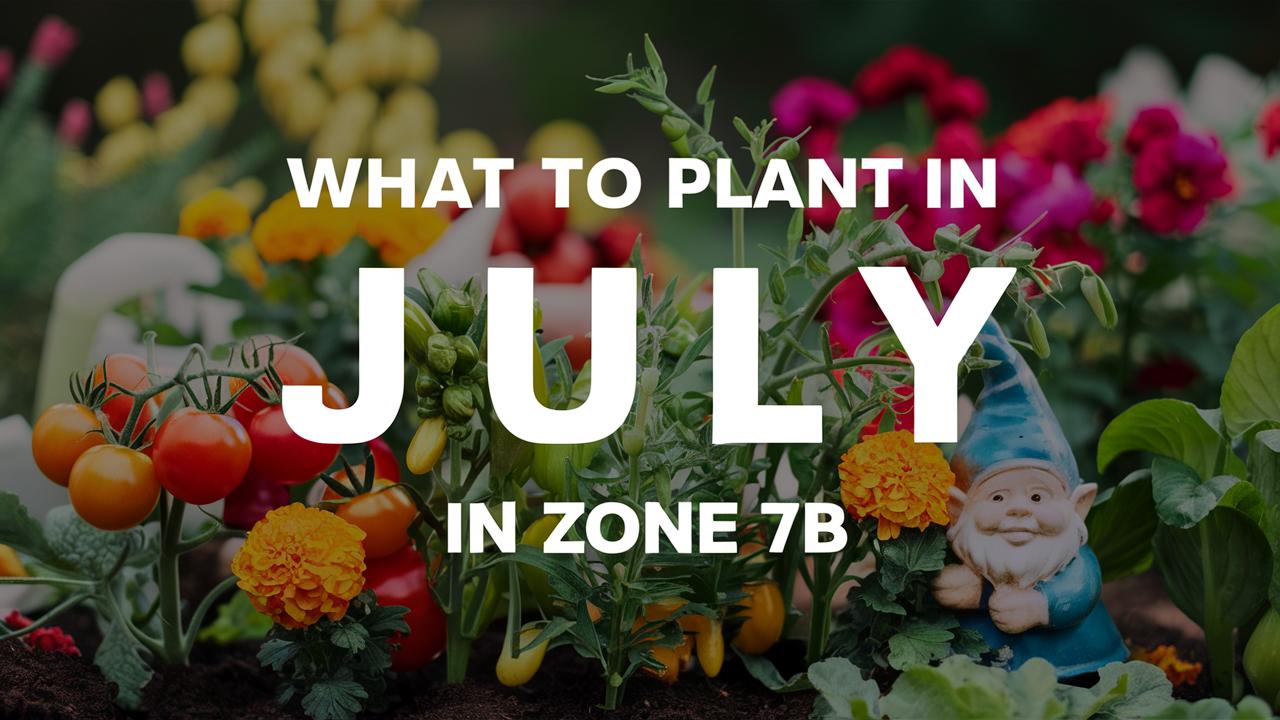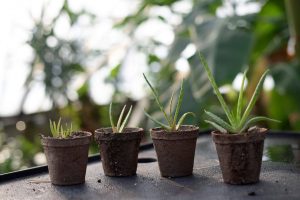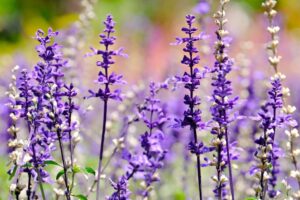This guide covers what to plant in July in Zone 7b, covering vegetables, flowers, herbs, and landscape plants.
Vegetables To Plant
July is a transformative month for vegetable gardeners in Zone 7b. As the summer heat intensifies, it’s also the perfect time to sow cool-season crops for a successful fall harvest. The following vegetables can be planted in July:
Beans (Bush and Pole)
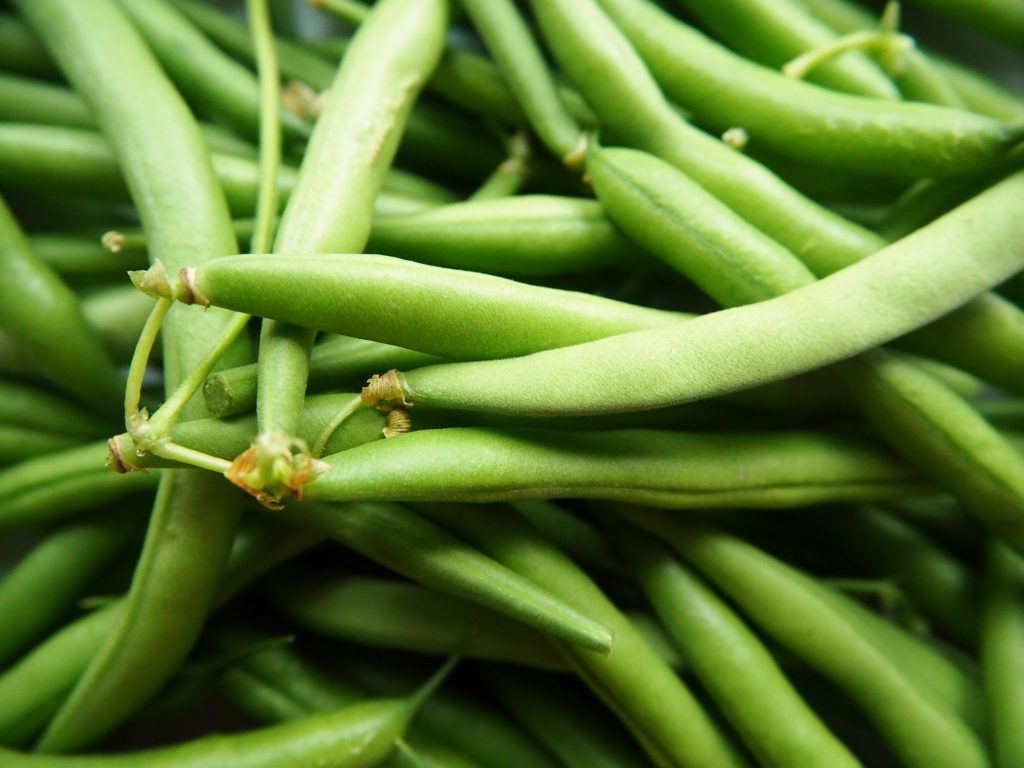
Beans are quick to germinate and thrive during the warm summer months. In Zone 7b, they can be planted directly into the garden soil as late as mid-July. With a preference for well-drained soil and full sun, beans can withstand temperatures ranging from 60°F to 85°F. They grow rapidly, allowing gardeners to expect a harvest within 50-70 days. Notably, pole beans will require vertical supports, while bush varieties are more compact and do not.
Beets

These hardy roots can be directly sown from early July through mid-August, which is perfect for a fall harvest. Beets thrive in temperatures ranging from 50°F to 75°F, allowing them to continue growing even as the heat decreases later in the summer. Be sure to plant them in well-loosened soil and space them 2–4 inches apart. Their vibrant colors and nutritional benefits make beets a fantastic addition to any garden.
Carrots
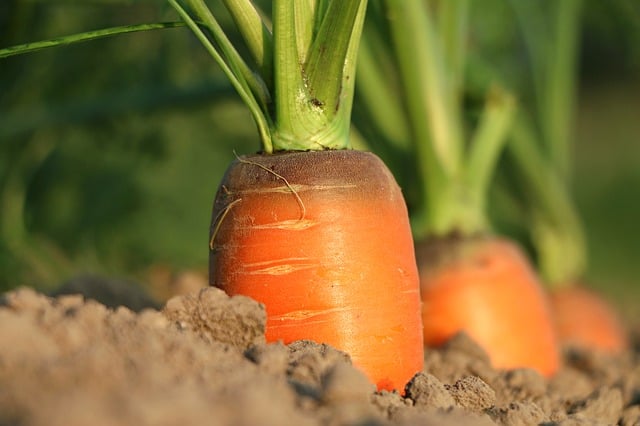
Carrots can be sown directly into the soil from early July to mid-August, making them an excellent choice for late summer planting. These root vegetables prefer cooler temperatures, ideally between 60°F and 70°F, and can take approximately 70-80 days to mature. They benefit from loose, sandy soil that allows for unimpeded growth. Thin them out as they grow to ensure they have enough room to develop sweet, crunchy roots.
Lettuce

Lettuce is an ideal crop for July planting, particularly in the cooler months that follow. Varieties like ‘Butterhead’ or ‘Romaine’ can be sown in mid to late July, as they prefer cooler temperatures (ideally between 55°F and 75°F). Plant them in a sunny or partially shaded area to prevent bolting during the intense summer heat. Regular watering is critical for maintaining moisture and ensuring tender, flavorful leaves.
Radishes
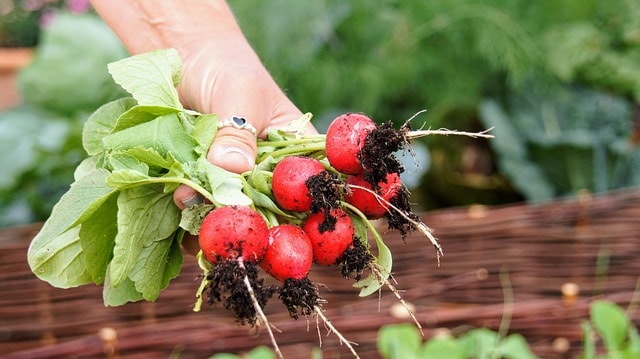
These speedy growers can be planted almost any time throughout the summer, but they are particularly well-suited for late summer when the temperatures start to drop. In Zone 7b, you can plant radishes from mid-July through August. They thrive in temperatures ranging from 50°F to 70°F and mature in as little as 25 days. Their quick turnaround will make them a fun and rewarding addition to your vegetable garden.
Spinach
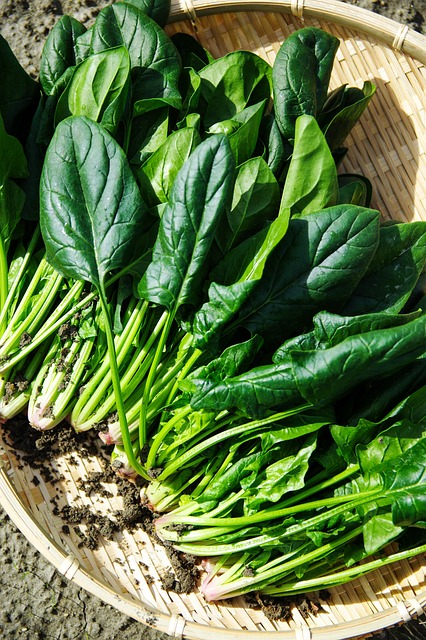
Spinach is a cool-weather crop that can be planted in mid-July in Zone 7b for a fall harvest. It prefers temperatures between 50°F and 65°F, which makes this time of year suitable as the heat of summer begins to wane. Spinach is a nutrient-dense leafy green, making it a coveted addition to salads and smoothies alike. For optimal growth, plant seeds about 1 inch apart, ensuring well-draining, nutrient-rich soil.
Swiss Chard
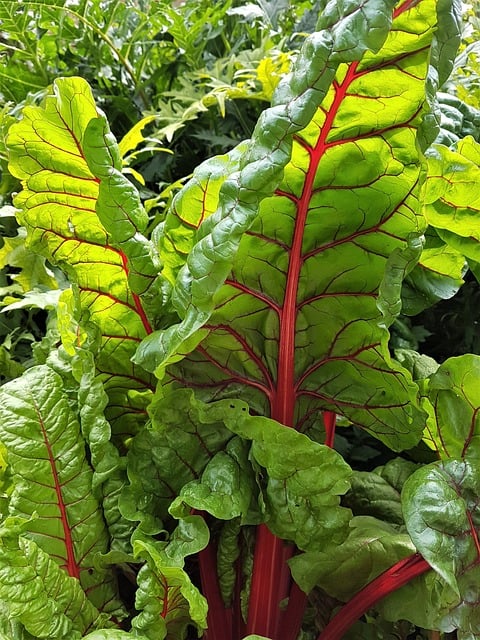
Swiss chard can be directly sown in July, making it a versatile leafy green for your garden. With its bright, colorful stems and broad leaves, it’s not only a beautiful plant but also hardy, tolerating temperatures between 50°F and 75°F. Swiss chard has a long growing season and can harvested continually from late summer through fall. Space the seedlings about 6–12 inches apart in well-drained soil enriched with organic matter.
Cucumbers
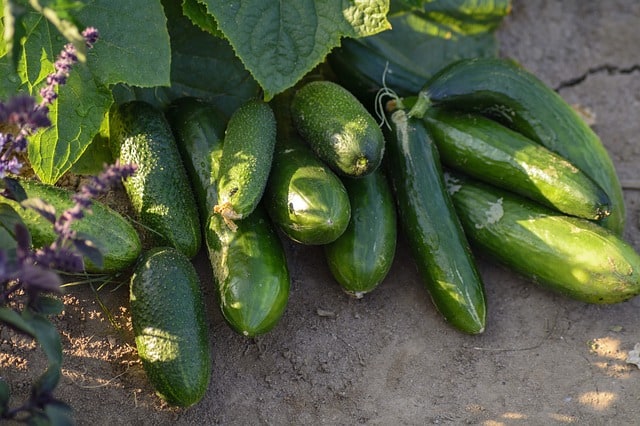
By mid-July, you can still plant cucumbers in Zone 7b for a fall crop. They appreciate full sun and warm soil, ideally thriving between 70°F and 95°F. With a growth time of approximately 50–70 days, fast-growing cucumber vines can produce a bountiful harvest. Be sure to provide trellises or supports for vining varieties; compact bush varieties can also work well in smaller spaces. Regular watering is essential to discourage bitterness in the fruit.
Zucchini
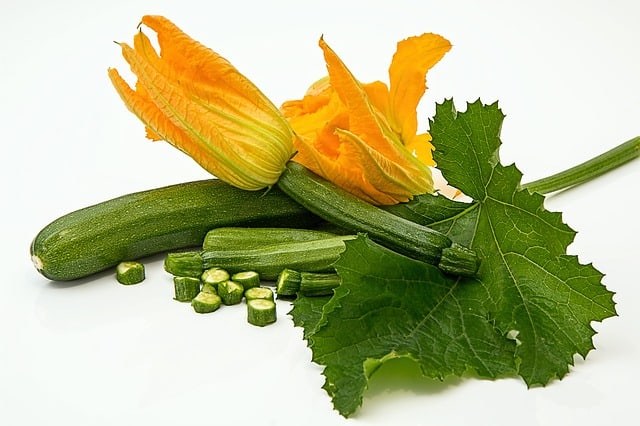
This prolific summer squash can be directly sown into the garden from early to mid-July, thriving in full sunlight and warm temperatures. Zucchini prefers soil temperatures above 60°F and should be spaced 3-4 feet apart to allow for sprawling growth. With a quick turnaround of about 50–60 days until harvest, expect just a few plants to yield an abundance of fruits. Frequent harvesting promotes continued production.
Broccoli

Although traditionally considered a spring crop, July is a suitable time to plant broccoli for a fall harvest in Zone 7b. Transplants should be set out in late July (around 8 to 10 weeks before the first frost) and prefer temperatures between 65°F and 75°F. Providing rich, fertile soil and consistent watering will yield mature heads in about 70-100 days. Broccoli benefits from a well-drained location, and the cooler temperatures of fall can actually improve its flavor.
Flowers To Plant
Adding flowers to your garden in July not only brings color and beauty but also contributes to the overall health of your garden by attracting pollinators. Here’s a roundup of delightful flowers that can be planted in July within Zone 7b.
Sunflowers

Sunflowers are a beloved garden staple and can be planted in July for a later bloom. They prefer full sun and well-drained soil, thriving in temperatures of 70°F to 96°F. These cheerful blooms typically mature in about 70-100 days, depending on the variety, and can grow several feet tall. Planting sunflowers also supports pollinators and can serve as a natural windbreak or privacy screen in the landscape.
Zinnias

Zinnias are hardy annuals that can be seeded directly into the garden from late June through July for vibrant blooms into the fall. They thrive in full sun and are tolerant of the summer heat, flourishing in temperatures up to 90°F. With a growth period of about 60 days, zinnias are perfect for cut flower gardens and are available in a variety of colors and forms. They thrive in moderately fertile soil and do not need excessive watering.
Marigolds
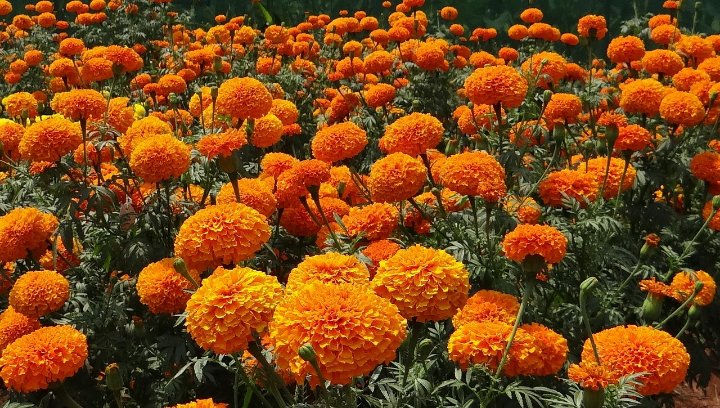
Marigolds are another excellent choice for July planting. They are resilient flowers that tolerate heat and drought, thriving in conditions as high as 90°F. Marigolds can be sown directly from early July through late summer. With bloom times ranging from 45 to 90 days, they bring bright colors to the garden and are known for their pest-repelling properties, making them beneficial companions to vegetables.
Cosmo

Cosmos are hardy, drought-resistant annuals that are perfect for July planting. They flourish in full sun and prefer soils that are somewhat less fertile, as too much fertility can diminish blooming. Cosmos can withstand temperatures up to 100°F and can be direct-seeded from mid-July onwards. Expect blooms in just 60-75 days, which can attract beneficial insects like bees and butterflies, enriching the overall biodiversity of your garden.
Coneflower (Echinacea)
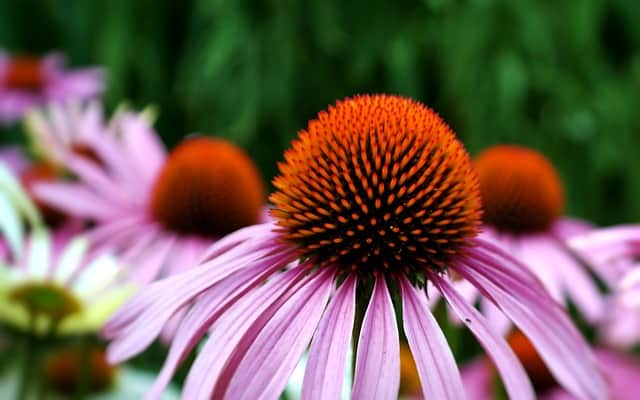
Echinacea, or coneflower, is a perennial plant that can be planted in July as seeds or transplants. They thrive in temperatures between 65°F and 80°F and prefer full sun to partial shade. Coneflowers are known for their resilience and ability to attract pollinators. Typically, they bloom within 70 to 90 days and will continue to do so for years if maintained properly, making them a long-term asset in your garden.
Black-Eyed Susan
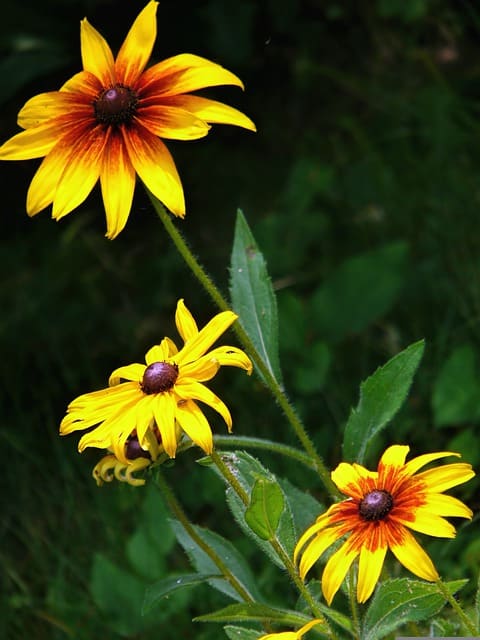
Planting Black-Eyed Susan in July provides opportunities for late summer blooms. This perennial flower loves full sun and is quite tolerant of heat, thriving in temperatures up to 90°F. They bloom in as little as 85 days from planting, producing vibrant yellow flowers that add warmth to any garden. Being relatively drought-resistant, they require little maintenance once established, making them an excellent choice for busy gardeners.
Asters
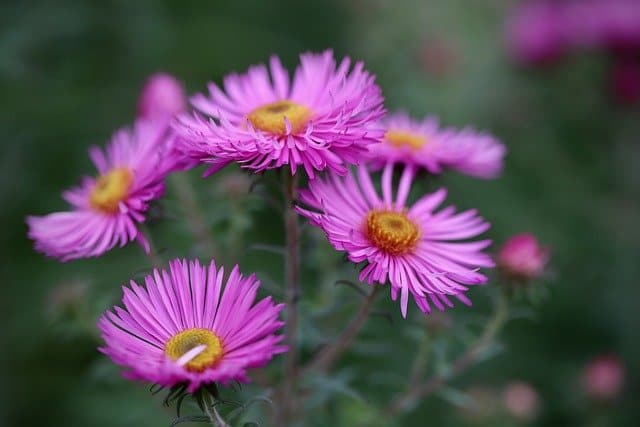
Time to plant aster seeds in July! Asters are perennial flowers that thrive in cooler temperatures, making them suitable for mid to late summer planting in Zone 7b. They prefer well-drained soil and full sun exposure, flourishing best in temperatures ranging from 50°F to 80°F. Expect blooms in late summer to fall, offering a stunning array of colors that attract butterflies and add elegance to the landscape.
Snapdragons
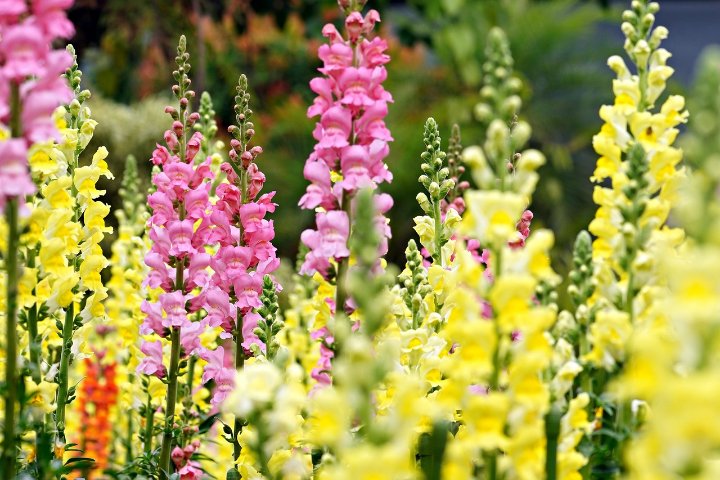
Snapdragons can be planted in July for a beautiful fall display, especially if you opt for transplants. They do well in full sun to partial shade and thrive in temperatures between 60°F and 75°F. Snapdragons can take about 60 to 90 days to mature, and their unique flower structure makes them popular in floral arrangements. Regular deadheading will encourage a prolonged blooming period.
Caladiums
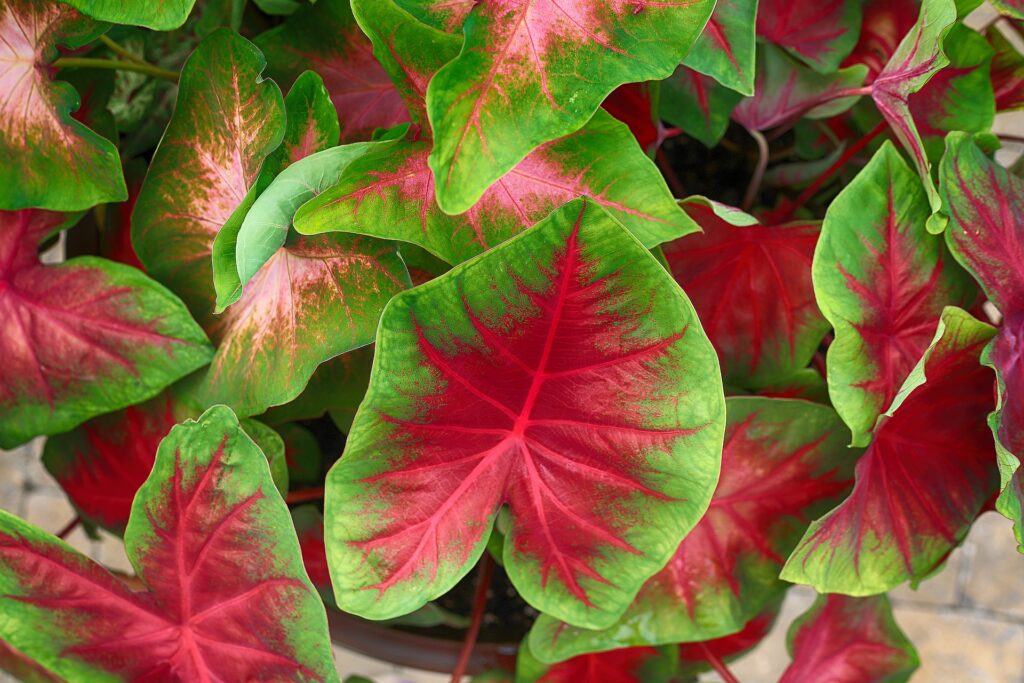
Caladiums are perfect for adding some tropical flair to your garden and can be planted in July for an eye-catching display. They thrive in warm conditions with temperatures between 70°F and 90°F. Caladiums grow best in partial shade and prefer rich, well-draining soil. It’s important to keep the soil consistently moist, particularly during the heat of July, for the healthiest growth so they can showcase their brilliantly colorful foliage.
Sweet Peas
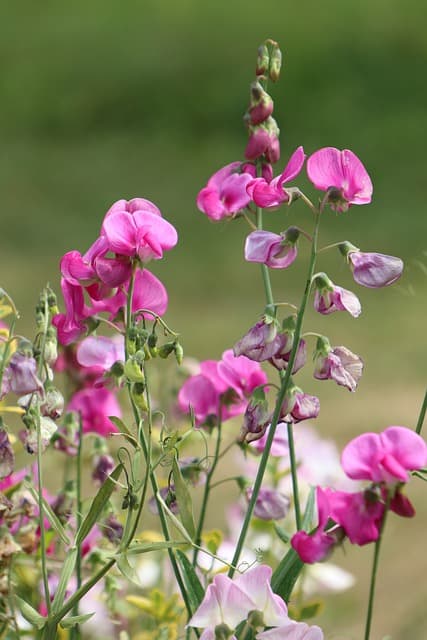
Late July is an ideal time to plant sweet peas for a fall harvest in Zone 7b. They prefer cooler temperatures, ideally between 60°F and 70°F, making them well-suited for late summer sowing. Sweet peas require trellises or supports to climb and produce fragrant blooms in about 60-90 days. They thrive in well-draining soil and full sun, and their delightful fragrances and beautiful flowers contribute a classic touch to any garden.
Herbs To Plant
Herbs add flavor and fragrance to any garden, and July is a great time to establish both perennial and annual varieties in Zone 7b. Here’s a list of herbs that can be planted in July:
Basil
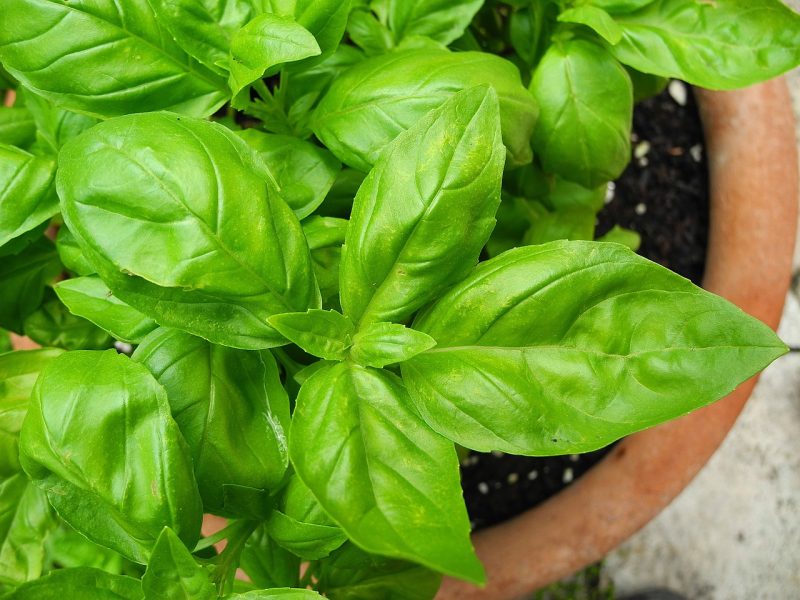
Basil is an annual herb that thrives in heat, making July an ideal planting month. These fragrant plants prefer temperatures above 60°F and can tolerate up to 90°F. Basil should be started from seeds in mid to late July, as it requires at least 60-90 days to reach full maturity. Regular pinching back encourages bushy growth and robust flavor, making it a kitchen favorite for a variety of dishes.
Cilantro
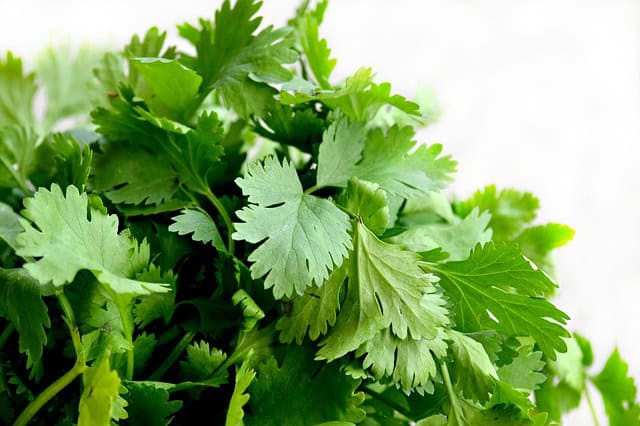
Cilantro can be directly sown in July, as it prefers cooler conditions. Planting can occur in the latter part of the month for a fall crop. Cilantro thrives in temperatures between 50°F and 75°F and can go from sowing to harvest in about 50 to 70 days. This herb is particularly versatile in culinary use, but be aware that it tends to bolt in warm summer temperatures, so timing is key for a successful crop.
Dill
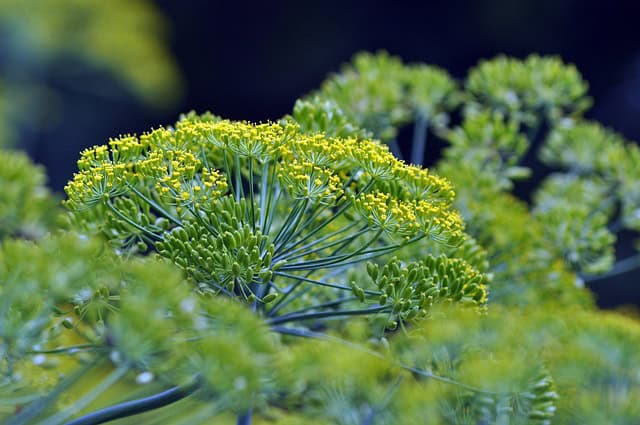
Dill is an annual herb that can be directly seeded in July for a harvest in late summer or early fall. This herb thrives in full sun and prefers temperatures ranging from 60°F to 75°F. Dill is especially well-known for its association with pickling, and can mature within 40 to 60 days. Give the dill plenty of space to grow, as it can reach impressive heights and benefit from being planted away from other herbs to prevent cross-pollination.
Chives

Chives can be divided or planted from seed in July. They thrive in well-drained soil and tolerate heat quite well, preferring temperatures between 60°F and 80°F. With a short growth period of about 30-60 days, chives bring a mild onion flavor to dishes and their blossoms also attract beneficial pollinators. Regular harvesting encourages further growth and maintains flavor intensity.
Oregano
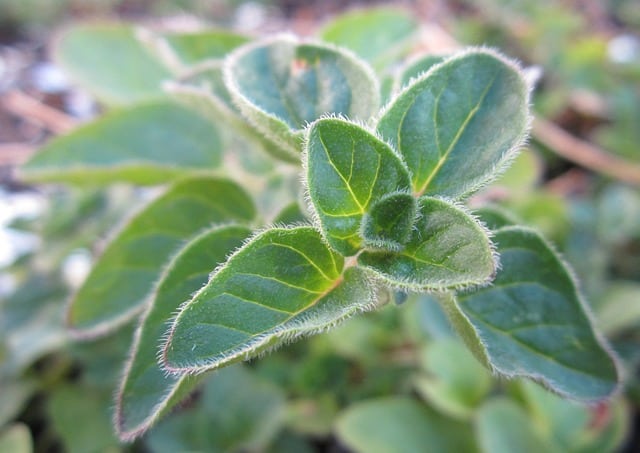
Oregano is a perennial herb that can be established from seeds या cuttings in July. Though it flourishes in warm weather, it prefers better-drained soil and moderate watering to thrive. Oregano grows well with temperatures from 60°F up to 80°F and can be harvested in about 60 to 90 days. This herb is essential for many Mediterranean dishes, offering an aromatic touch to culinary creations.
Thyme
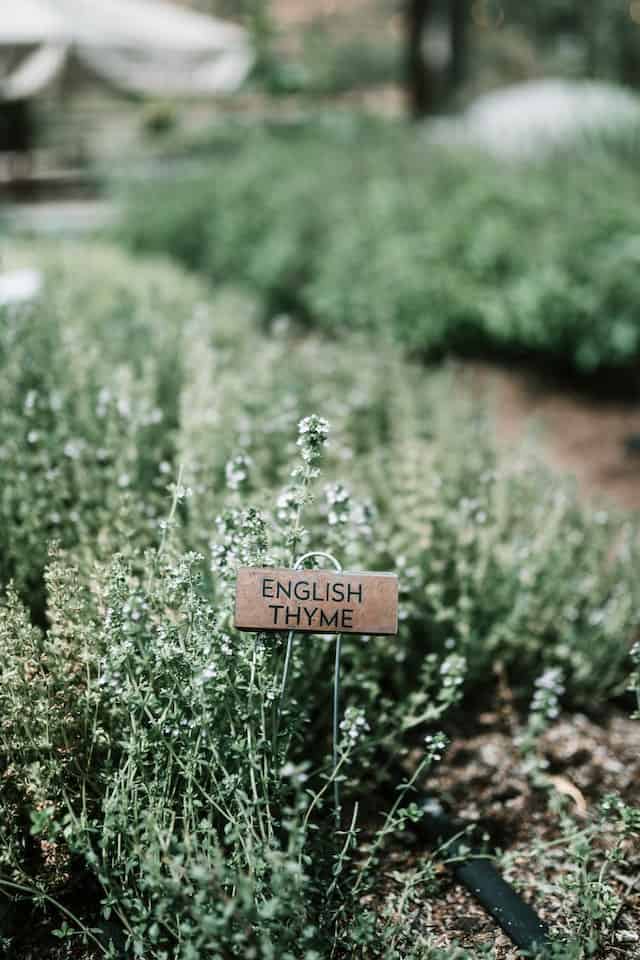
Thyme can be seeded or planted from cuttings in July. This perennial herb thrives in well-drained soil and tolerates heat, preferring temperatures between 60°F and 85°F. It matures in approximately 80 days, and regular harvesting encourages bushier growth. Thyme is not only a versatile cooking ingredient but also a stunning addition to decorative herb gardens, complementing other herbs beautifully.
Rosemary
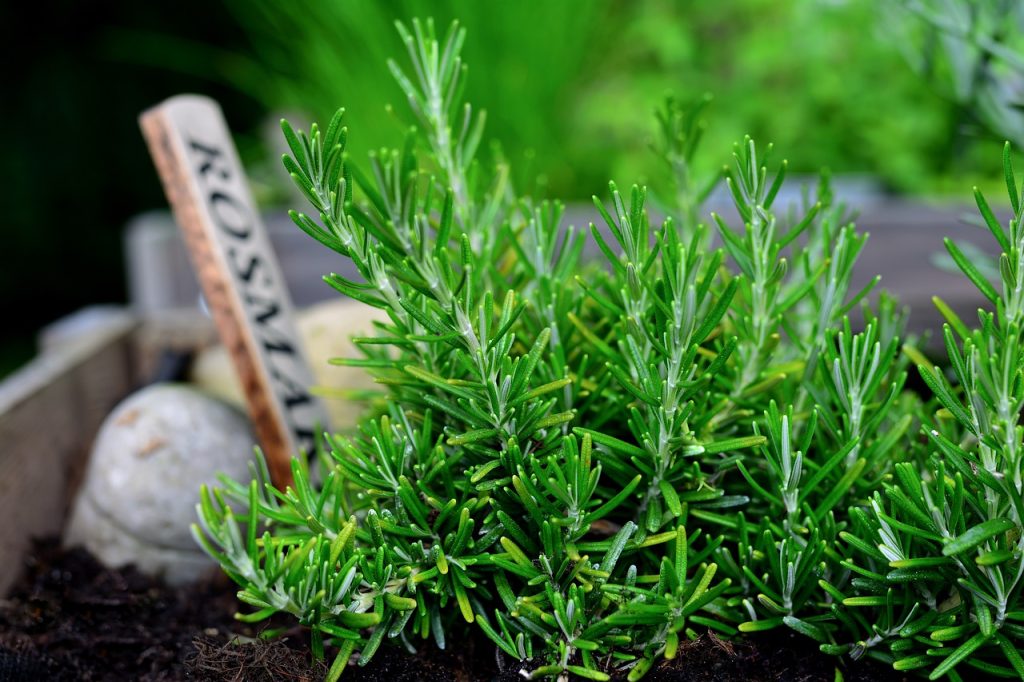
While rosemary is a perennial herb best suited for warmer climates, it can also be grown from cuttings in July within Zone 7b. This Mediterranean herb prefers well-drained soil and thrives in full sun, ideally between 70°F and 80°F. Though it takes longer to establish—typically 12 weeks from cuttings—rosemary is worth the wait, as it offers delicious flavor and aromatic foliage.
Parsley
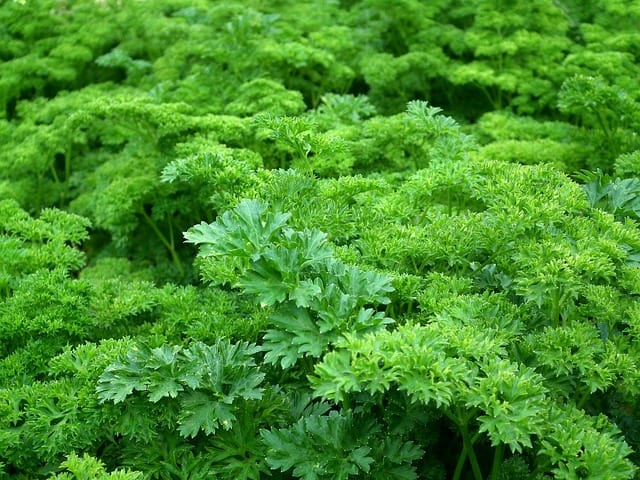
Parsley is a biennial herb that can be planted in mid to late July for a potential fall harvest. It prefers cooler temperatures, ideally between 60°F and 75°F. Sow seeds directly into the soil, ensuring they’re spaced to allow for robust growth. Expect germination in 14 to 30 days, and with a growth period of around 70-90 days, parsley will bring bright green, flavorful leaves to your kitchen for multiple culinary applications.
Mint
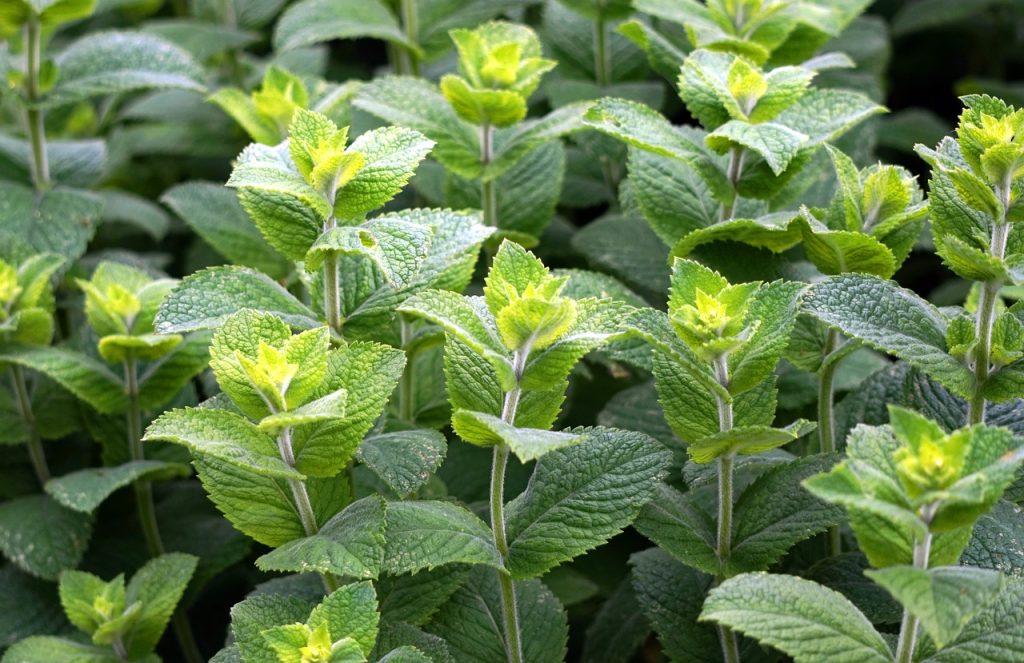
While mint can be quite aggressive in its growth, it can be planted in July from both seeds and cuttings. This perennial herb thrives in full sun to partial shade and prefers temperatures between 60°F and 75°F. Mint matures quickly—usually within 30 days—allowing gardeners to enjoy fresh leaves for teas, salads, and other dishes. It is worth noting, however, to plant mint in containers if you want to keep it from spreading uncontrollably.
Fennel
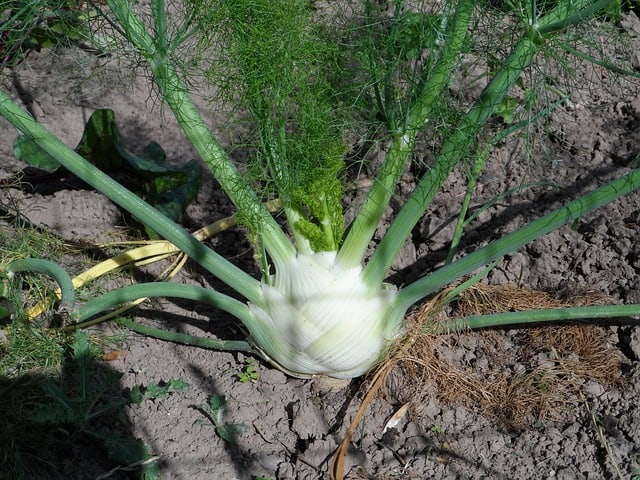
Fennel can be direct-seeded in July for a late summer or fall harvest. This herbaceous perennial prefers full sun and does best in temperatures around 60°F to 75°F. Fennel seeds can germinate quickly and can yield mature bulbs in about 70 to 90 days. Fennel is not only known for its culinary applications but also its vibrant yellow flowers that attract pollinators, adding another layer of appeal to the garden.
Landscape Plants To Plant
Finally, July is a great time to plant a variety of landscape plants that will enhance the beauty of your outdoor space. Whether you’re looking for shrubs, perennials, or trees, here are some amazing choices that you can plant in July in Zone 7b.
Crepe Myrtle
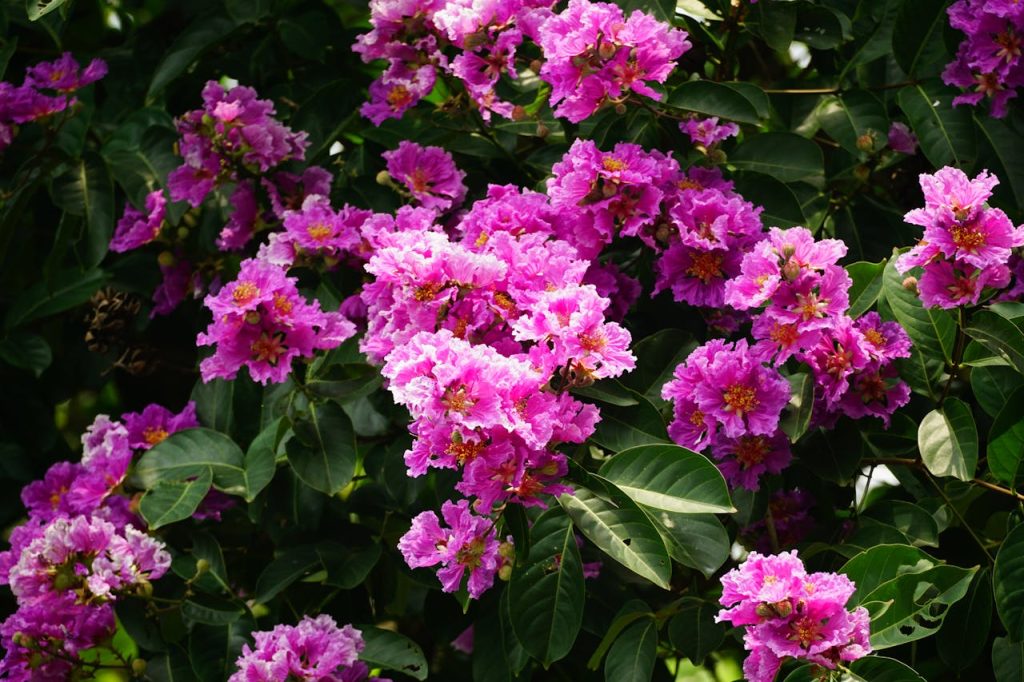
Crepe Myrtles are popular landscape trees perfect for adding a burst of color in the summer. They thrive in temperatures ranging from 60°F to 90°F and prefer full sun. Crepe Myrtles can be planted in July as they establish quickly in warm weather. With varieties available that range in height and bloom colors, they will provide vibrant flowers from mid-summer through fall, making them a highly cherished addition to any landscape.
Butterfly Bush
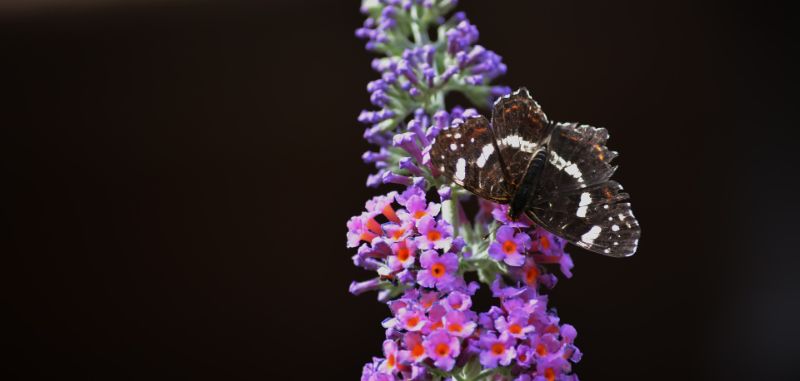
Butterfly bushes are a favorite among gardeners and pollinators alike. July is an excellent time to plant them in Zone 7b, as they love warm weather and full sun. They prefer temperatures between 70°F and 90°F and can mature quickly, typically blooming within a year for a stunning display of flowers that attract butterflies. These hardy perennials are low maintenance and drought-resistant, allowing them to flourish in a variety of soils.
Daylilies
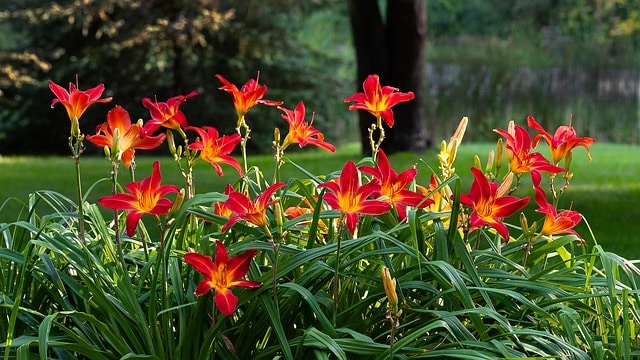
Daylilies are perennial favorites that can be planted in July. They adapt well to various environments and can thrive in temperatures ranging from 60°F to 85°F, preferring full sun. These versatile plants can bloom in many colors, continuing to produce flowers from early summer until the first frost. They typically establish quickly and require minimal maintenance, providing reliability for both beginner and experienced gardeners alike.
Ornamental Grasses
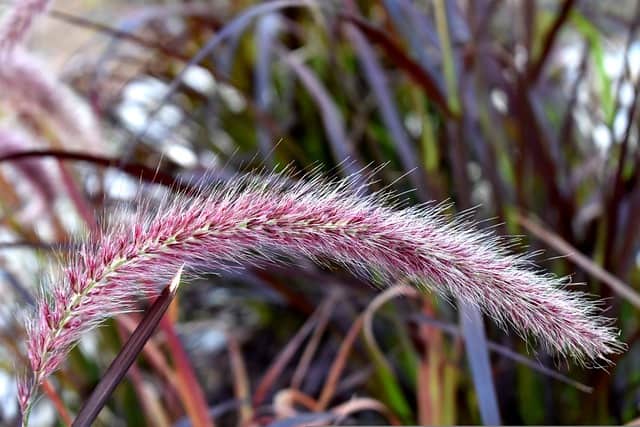
July is an excellent time to plant ornamental grasses, such as Miscanthus or Panicum varieties, which add texture and movement to the landscape. They thrive in full sun to partial shade and can tolerate heat as high as 90°F. Ornamental grasses can take a bit longer to mature (some varieties may take a full season), but they reward gardeners with delightful plumes and stunning fall color, enhancing the garden’s visual appeal.
Hydrangeas

Hydrangeas are treasured for their gorgeous blooms and can be planted in July to beautify your landscape. Preferring a range of conditions, from well-drained soil in full sun to partial shade, they thrive in temperatures between 65°F and 85°F. Depending on the variety, hydrangeas can flourish within a few months to a year, offering blooms in a variety of colors throughout the summer.
Roses
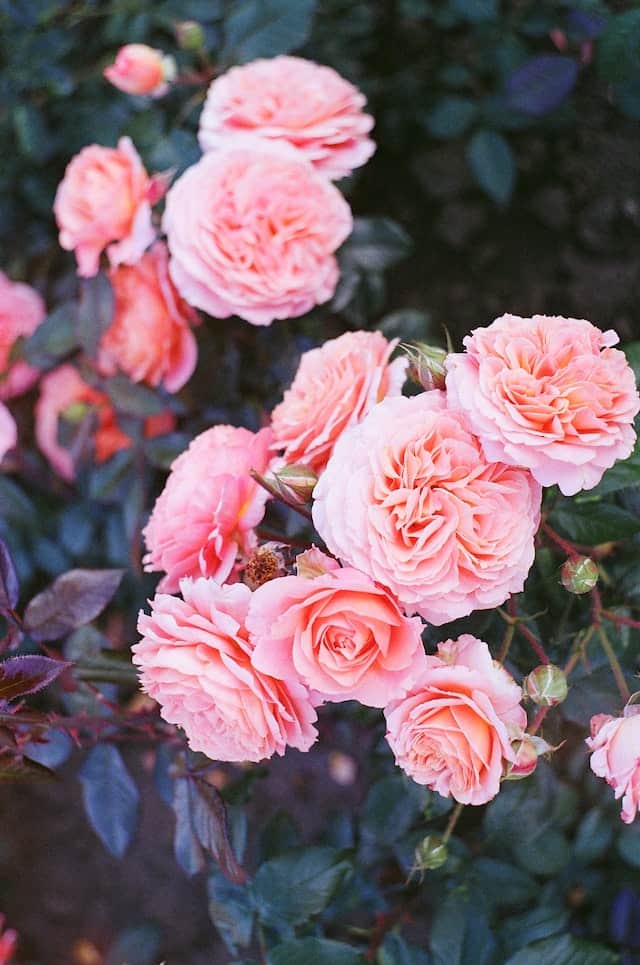
Though July heat can be intense, many rose varieties can still be planted this month in Zone 7b. They thrive in full sun and require well-draining soil, preferably with temperatures ranging from 65°F to 85°F. Planting in July helps ensure healthy root systems. Established roses may yield blooms within weeks, and with proper care, can thrive for many years, making them a stunning and fragrant addition to any landscape.
Sedum

Sedum is a tough and drought-resistant succulent that can be planted directly into the soil in July. They do well in well-draining soil and full sun, thriving in temperatures from 65°F to 90°F. Sedum varieties can take 30-60 days to become established, providing low-maintenance greenery and colorful blooms later in the growing season. Their resilience makes them perfect for rock gardens and hot, dry borders.
Hellebores
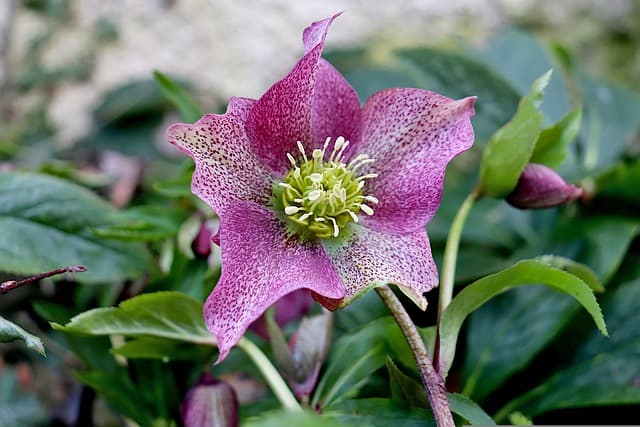
Known for their unique blooms, Hellebores can be planted in July in Zone 7b, especially if started in containers. They prefer partial to full shade and thrive in cool temperatures (preferably below 80°F). With proper care, these perennial beauties will enrich gardens from late winter to early spring, adding early color and charm to shady spots. Home gardeners can anticipate several years of seasonal blooms if well-maintained.
Astilbe

Astilbe is a perennial flower known for its feathery plumes, and can be planted in July to bring vibrancy to shady areas of your garden. They prefer cooler temperatures between 60°F to 75°F and thrive in full shade to partial shade. Astilbe typically takes about 60 to 90 days to establish, but once blooming, their striking colors add visual interest and can attract butterflies and bees to the garden.
Hostas
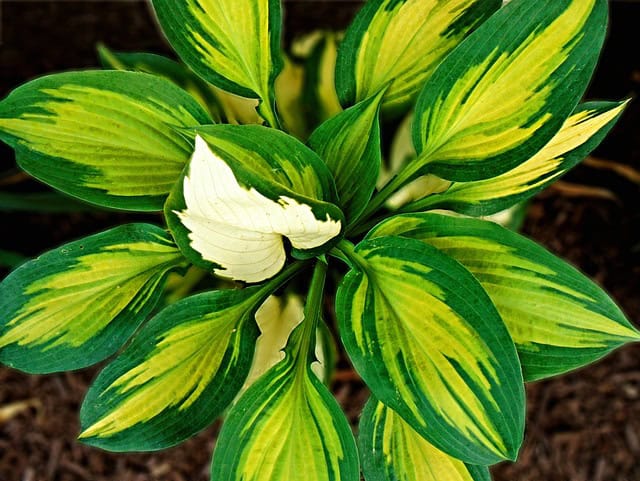
Hostas are shade-loving perennials that can be planted in July in Zone 7b to create lush, green areas. They thrive in moderate temperatures (60°F to 75°F) and will grow well in well-drained, rich soil with plenty of organic matter. Hostas can take a while to mature but offer stunning foliage and, depending on the variety, lush blooms that will last well into the growing season.


